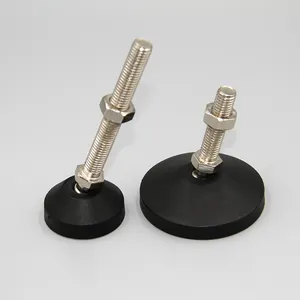
Adjustable Leveling Feet Adjustable Furniture Feet With Mounting Plastic Plate Metal Furniture Adjustable Foot

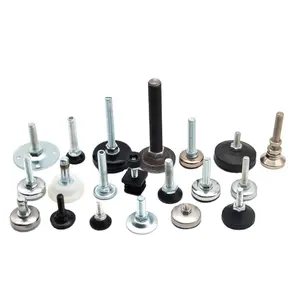
High Quality Stainless Steel 304 Adjustable Leveling Feet D25 Hardware Adjustable Leveler Feet Glide Machine Leveling Feet

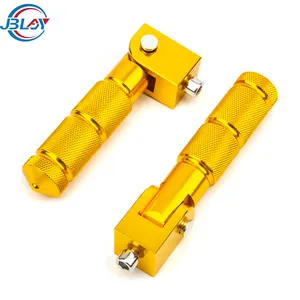





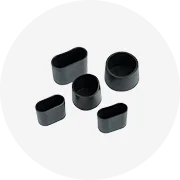
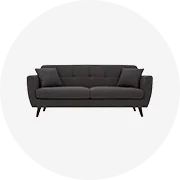
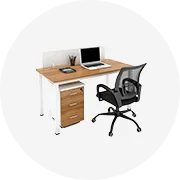

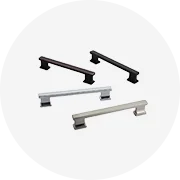


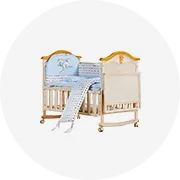
Adjustable footrests are an ergonomic accessory designed to offer comfort and support to individuals seated for extended periods. These products cater to a diverse range of environments, from home offices to corporate settings, and are crafted to enhance posture and alleviate lower limb discomfort. The versatility of adjustable footrests lies in their ability to suit various body types and preferences, making them a staple for ergonomic workspaces.
The market offers a plethora of adjustable footrest options, each featuring different materials and designs. Common materials include metal, plastic, and steel, chosen for their durability and ease of maintenance. The design spectrum ranges from minimalist modern to classic antique, ensuring there is a footrest to complement any office decor. Manufacturers prioritize both function and aesthetics, providing choices that are as stylish as they are practical.
Office footrests come with a variety of features to enhance user experience. Key attributes include height adjustability, tilt capabilities, and textured surfaces for added foot grip. These features contribute to the footrest's adaptability, making them suitable for different office environments such as home offices, office buildings, and even living rooms for those who work from a recliner or sofa.
The advantages of using an ergonomic footrest are multifaceted. They promote blood circulation, reduce pressure on the lower back, and encourage proper spinal alignment. For individuals who may not reach the floor comfortably when seated, an adjustable footrest becomes an essential tool for creating an ergonomic workstation that can help in reducing the strain on the legs and lower back.
Selecting the right adjustable footrest involves considering the specific needs of the user. Factors such as the range of height adjustability, material robustness, and the footrest's stability should be evaluated. While the choice is vast, the right product is one that aligns with the user's ergonomic requirements and workspace aesthetics.
In conclusion, adjustable footrests are a critical component for anyone looking to create an ergonomic and comfortable workspace. As manufacturers continue to innovate, the variety of options available ensures that there is an adjustable footrest to meet the needs of any user, enhancing their work experience and supporting their health.